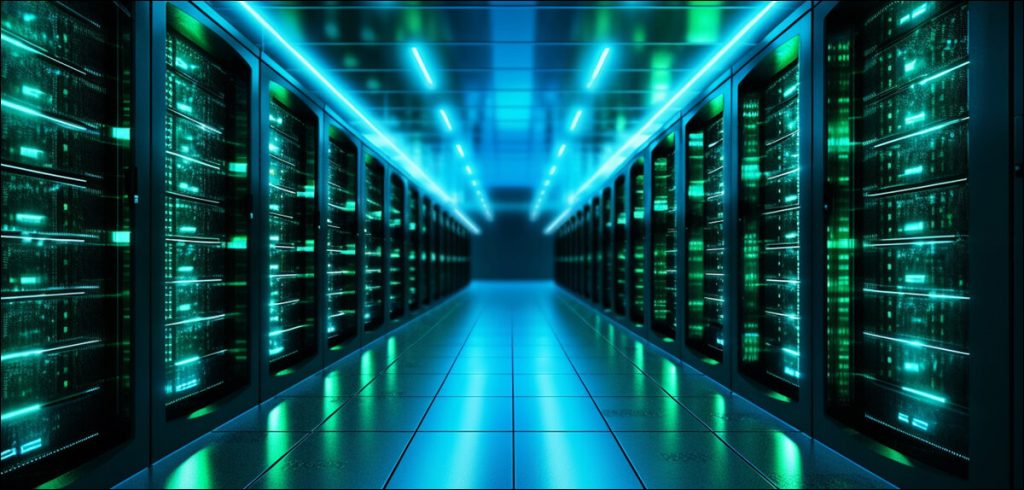Ensuring the development and rise in the number of green data centres everywhere has become a necessity, as their importance extends beyond being merely technical.
If someone told you in 2000 that you could access your phonebook by logging into your Google Drive or iCloud account from a device while travelling thousands of miles away from your desktop, you would think them insane. But data centres have forever transformed the way we store information. That being said, data centres, due to their need for constant electricity, contribute to excess greenhouse gas emissions, which is why a green data centre might just be the answer to all of our digital data storage problems. This article delves into what exactly are green data centres, why they are so important, and why they are huge potential solutions for the future.
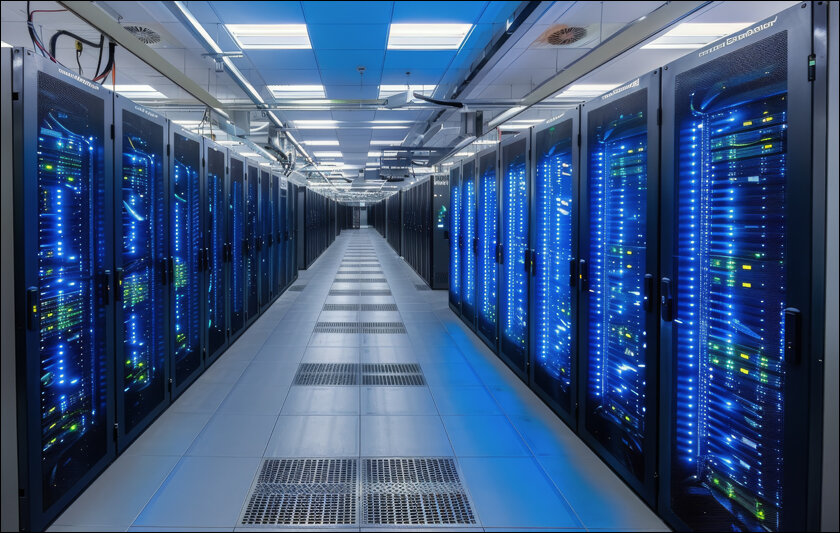
What are green data centres?
Green data centres are facilities designed to minimize their environmental impact while maintaining high levels of computing power required to process and store data. These facilities usually employ renewable energy sources and energy-efficient technologies reduce their carbon footprint.
Traditionally, the data centre industry is known for its high energy consumption, which results in high carbon emissions. Green data centres are becoming increasingly popular since industries are now looking towards sustainable practices and because there is growing concern for climate change. The adoption of these sustainable facilities is the right step towards a more sustainable future.
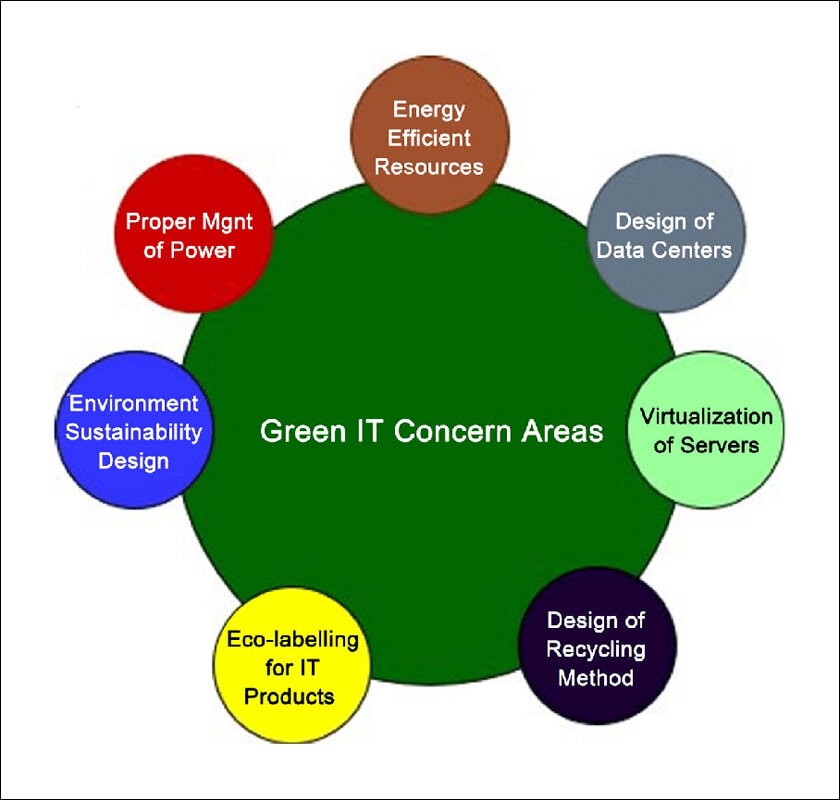
What are the benefits of green data centres?
There are many benefits to adopting sustainable data centres, including:
- Reduced energy consumption: Sustainable data centres employ renewable energy sources and energy-efficient technologies to significantly reduce energy consumption, resulting in a reduced carbon footprint and lower energy bills.
- Cost savings: Reduction in energy consumption means that data centres can optimize their infrastructure. Thus, it will save them money on maintenance costs and energy bills, making them more cost-effective in the long run.
- Better reliability: Sustainable data centres are designed with failover and redundancy mechanisms to ensure maximum reliability and uptime, thus ensuring that data is always available when it is required.
- Increased scalability: Sustainable data centres can be easily scaled down or up depending on the needs of the enterprise. This ensures that the data centre is scalable and can grow with the enterprise.
- Environmental impact: It goes without saying that green data centres have significantly lesser carbon footprints. So, they are more environmentally friendly as they allow enterprises to reduce their impact on the environment, thus working towards a more sustainable future.
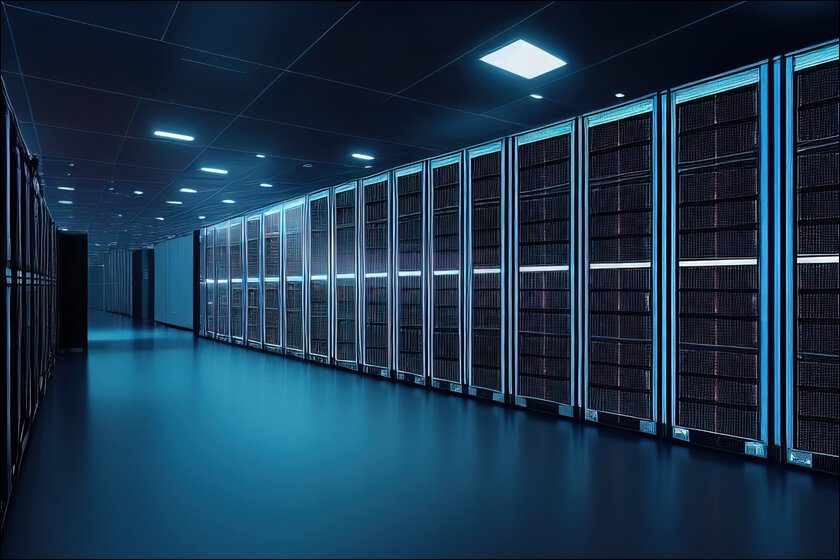
Challenges of adopting green data centres
No modern solution is without its challenges, right? While there are many benefits to adopting sustainable data centres, there are many challenges that come along with it too.
One of the biggest challenges is the cost implications of implementing green technologies. Since sustainable data centres need significant upfront investments to construct and operate, costs could be a barrier to adoption for some enterprises. Additionally, some business employees who are used to traditional data centre processes and designs could even resist the changes.
Another big challenge is implementation, as adopting green technologies could require significant changes to processes and infrastructure that could be time-consuming and difficult. For instance, newer data centre cooling methods include liquid cooling which could be both costly and disruptive.
However, these challenges can be overcome with the right strategies and approaches. Organizations can work with vendors and partners to identify cost-effective solutions and create a roadmap for implementation. Additionally, internal education and training can help employees adapt to new technologies and processes.
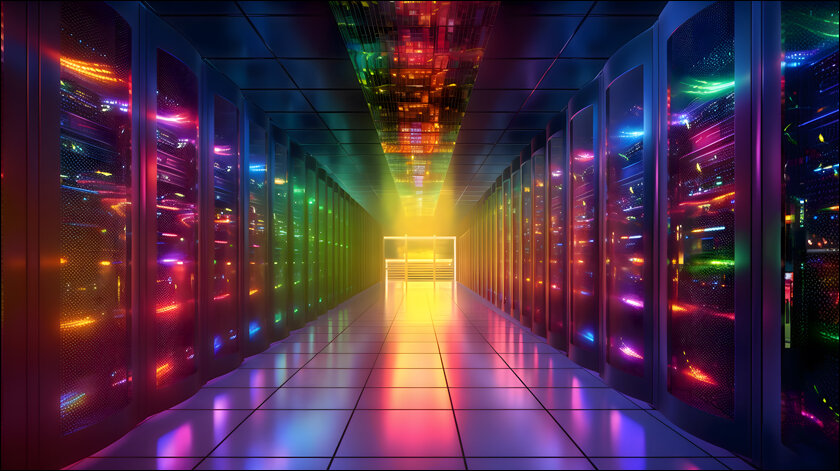
Future of green data centres
Despite the possible challenges that face green data centres, their future is bright, with growth projections showcasing a significant increase in adoption in the coming years. In fact, according to consultant firms such as Globe Newswire, the global data centre market will possibly grow at a 7.5% CAGR in the next 10 years. Moreover, emerging technologies such as 5G networks, edge computing, and AI are also expected to play significant roles in the growth of these sustainable data centres. As data centres evolve beyond what was imaginable even a few years ago, governments and regulatory bodies are taking steps to increase their adoption. For instance, some countries offer subsidies and tax incentives to organizations adopting green technologies. Additionally, standards and regulations such as LEED certifications could go a long way in encouraging businesses to adopt sustainable practices.
Ensuring the development and rise in the number of green data centres everywhere has become a necessity, as their importance extends beyond being merely technical. Data centres are pivotal structures for global development, and a truly sustainable data centre is the key to that. With the need to develop efficient cooling technologies and the substantial energy demands for its operations, data centres are a particularly interesting and challenging field for achieving sustainability. And at the centre of that need lies energy efficiency.
In case you missed:
- The Price Of Money: Can Cryptocurrency Go Green?
- Guiding Light: How Photonics is Revolutionising Data Centres
- Colocation Data Centres: An Overview
- IoT and its role in energy transition
- Everything you need to know about DaaS (Desktop as a Service)
- Six ways hosted private cloud adds value to enterprise business
- Bitcoin Halving: Everything You Want to Know
- AI and Networking Infrastructure – 2024 Trends
- Star Topology – Benefits and Challenges
- Enterprise Network Transformation: Benefits and Challenges



